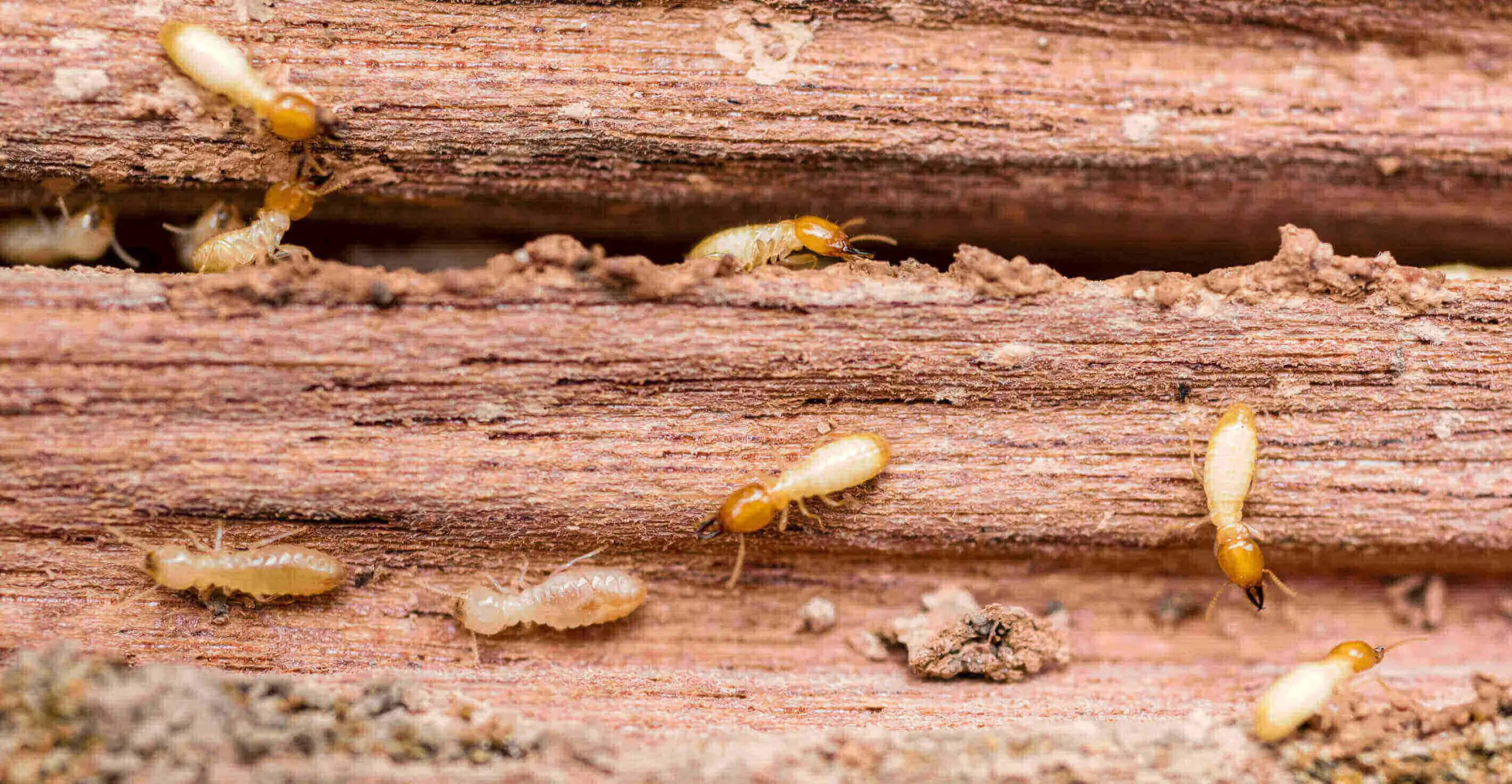
Drywood Termites: What You Need To Know About These Insects
If you have noticed a few small, dry patches appearing in your home or business, these are likely the signs of drywood termites. These insects can be difficult to remove and might require the services of an expert such as Drywood termites control. However, it is important to know how they work so that you can make sure they do not cause any damage to your property.
What are drywood termites?
Drywood termites are a type of subterranean termite that primarily eats wood. Drywood termites were once considered minor pests, but their populations have exploded in recent years due to their ability to survive and thrive in dry conditions. While they are still minor pests, drywood termites should be monitored closely because their numbers can quickly increase if left unchecked.
There are two types of drywood termites: subterranean and mound-building. Subterranean drywood termites live under the ground and primarily eat wood; mound-building drywood termites build mounds on the surface of the ground and eat wood and other organic material.
Drywood termite colonies can grow rapidly in areas where there is little rainfall or moisture available. Their populations can also explode when exposed to water, which will cause them to create new queen cells and expand their colony size.
How do they affect your home, property and garden?
Drywood termites are the most common type of termite in North America. They are small creatures that live in colonies of up to 50 individuals. Drywood termites mainly eat wood, but they will also eat other materials if they have access to them.
The damage that drywood termites can cause to your home, property and garden is relatively minor compared to other types of termites. However, their ability to create tunnels under the ground and their tendency to swarm when disturbed can result in significant damage over time.
If you suspect that you have drywood termites on your property, the first step is to contact a professional pest control company. The Aardwolf professionals will be able to identify the type of termite colony on your property and provide you with a treatment plan based on that information. Bed Bugs control services by Aardwolf are also effective.
Effective Drywood Termite Control
Drywood termites are a common household pest that can cause significant damage to homes and businesses. Here are five tips for effective drywood termite control:
- Inspect your home for signs of termite activity. Look for gnawed areas in the wood, faecal droppings, and tunnels in the substrate. If you suspect termites are infesting your property, call a professional.
- Seal any cracks or openings around your home’s perimeter that may provide access to the pests. caulking around windows and doors, installing weather stripping on door frames and window sills, and wrapping wire mesh around chimneys are all good ways to prevent entry into your home.
- Eliminate opportunities for the termites to feed by removing food sources like rotting wood or tree branches near your home. Clean up debris around gardens and parks where the pests might be attracted by food sources.
Prevention Of Drywood Termite Infestation And Damage
Drywood termites are a type of wood-eating insect. They cause damage to wooden structures by eating away at the wood. Termites can be prevented by taking preventative measures, such as sealing up any cracks in the wood and treating it with an insecticide. If termites are detected in your home, you should call a professional to remove them.
Drywood termites are destructive insects that can inflict serious damage on your home. Armed with this information, hopefully, you will be able to identify and treat any infestations before they become too big a problem.



